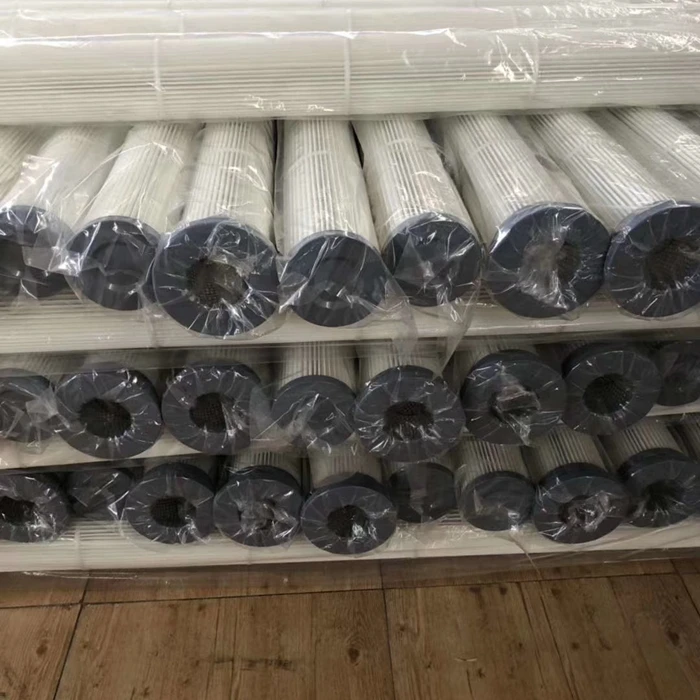Nov . 10, 2024 05:24 Back to list
Understanding the Properties and Applications of Bent Laminated Glass in Modern Design
The Advantages and Applications of Bent Laminated Glass
Bent laminated glass is an innovative building material that has gained popularity in modern architecture and design. This type of glass, which is created by bonding multiple layers of glass together using a resin or adhesive, not only offers aesthetic appeal but also enhances structural integrity and versatility in applications. As architects and designers increasingly seek sustainable and creative solutions, bent laminated glass is emerging as a solution that combines functionality with beauty.
Understanding Bent Laminated Glass
Bent laminated glass is produced by layering sheets of glass that are bonded together to create a product that can be molded into various shapes. The bending process involves heating the glass to a specific temperature that allows it to be formed into curves, which are then held in place by the laminate. This process can produce complex shapes that would be challenging to achieve with traditional glass. The result is a durable, lightweight material that carries the visual and physical properties of glass while being adaptable to curved surfaces.
Advantages of Bent Laminated Glass
1. Aesthetic Flexibility One of the most significant advantages of bent laminated glass is its ability to create visually stunning designs. The curvature of the glass can add a dynamic element to buildings and interiors, allowing for more innovative architectural solutions. From sweeping curves in facades to elegant arcs in interior spaces, bent laminated glass can elevate the overall appearance of a project.
2. Increased Strength and Safety Laminated glass is inherently stronger than traditional glass due to the adhesive layers that bind the sheets together. These layers provide additional resistance to impact and reduce the risk of shattering. When glass does break, the laminated layers hold the fragments in place, minimizing the risks associated with broken glass. This property makes bent laminated glass an excellent choice for scenarios requiring safety, such as skylights, handrails, and large window installations.
3. Energy Efficiency Bent laminated glass can also contribute to energy efficiency in buildings. Many manufacturers offer laminated glass with special coatings that minimize heat transfer, helping to regulate indoor temperature and reduce energy consumption. This can lead to significant savings in heating and cooling costs over time while also enhancing the building's overall comfort.
bent laminated glass

4. Sound Insulation Laminated glass provides superior sound insulation compared to standard glass. The multilayer structure helps to dampen noise, making it ideal for urban environments or in areas where noise reduction is a priority. By incorporating bent laminated glass into design, architects can create peaceful and quiet spaces even in bustling settings.
5. Sustainability Considerations As sustainability becomes a critical factor in construction, bent laminated glass aligns with environmentally friendly practices. The durability and energy-efficient properties of laminated glass contribute to a building's longevity and reduced energy footprint. Additionally, many manufacturers utilize recycled materials in the lamination process, further enhancing the ecological benefits.
Applications of Bent Laminated Glass
The versatility of bent laminated glass opens the door to a wide range of applications. In commercial spaces, it can be used in storefronts, canopies, and partitions, creating visually striking environments that draw customers in. In residential design, bent laminated glass can enhance staircases, balustrades, and shower enclosures, blending safety with elegance.
Moreover, bent laminated glass is gaining traction in furniture design. Designers are crafting unique tables, chairs, and shelving units using this material, resulting in pieces that are both functional and aesthetically pleasing. The ability to mold glass into intricate shapes allows for innovative designs that stand out in any interior setting.
In architecture, public buildings like libraries, museums, and airports utilize bent laminated glass to create stunning light fixtures and facades. The interplay of light through curved glass elements adds a layer of sophistication to these spaces, making them inviting and memorable.
Conclusion
Bent laminated glass represents a significant advancement in building materials, providing a unique combination of aesthetic appeal, safety, and versatility. Its ability to be shaped into various forms allows architects and designers to push the boundaries of traditional design. As the industry continues to evolve, bent laminated glass is poised to play a leading role in the development of sustainable, beautiful, and functional spaces for the future. By embracing this innovative material, we can create structures that not only meet the demands of modern living but also inspire through their elegance and design innovation.
-
Safety and Style with Premium Laminated Glass Solutions
NewsJun.24,2025
-
Reinvents Security with Premium Wired Glass
NewsJun.24,2025
-
Premium Float Glass Line for Modern Architecture
NewsJun.24,2025
-
Low Emissivity Glass for Energy-Efficient Architecture
NewsJun.24,2025
-
High-Performance Insulated Glass Solutions for Modern Architecture
NewsJun.24,2025
-
Elevates Interior Style with Premium Silver Mirror
NewsJun.24,2025
Related PRODUCTS














